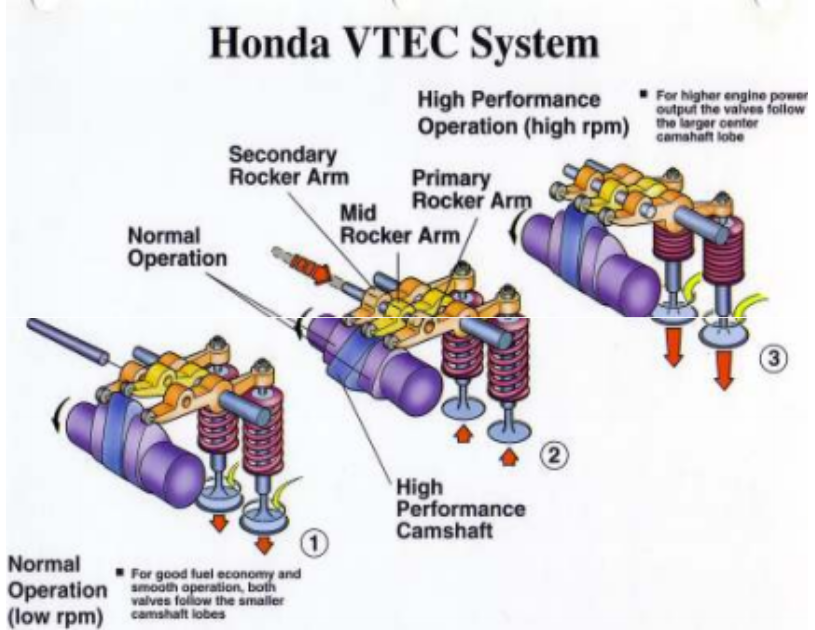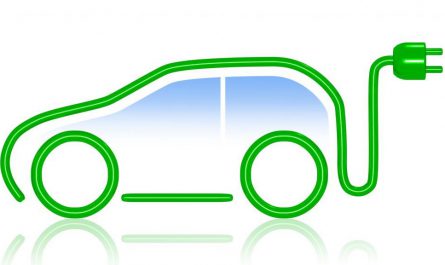Article Written By Vicente
CVT
A CVT, is a type of automatic transmission that provides more useable power & better fuel.
Advantages of the CVT
CVT can vary the engine speed as needed to access maximum power as well as maximum fuel efficiency. This allows the CVT to provide quicker acceleration than a conventional automatic or manual transmission while delivering superior fuel economy.
Disadvantages of the CVT
The CVT’s biggest problem has been user acceptance. Because the CVT allows the engine to rev at any speed, the noises coming from under the hood sound odd to ears accustomed to conventional manual and automatic transmissions. The gradual changes in engine note sound like a sliding transmission or a slipping clutch — signs of trouble with a conventional transmission, but perfectly normal for a CVT. Flooring an automatic car brings a lurch and a sudden burst of power, whereas CVTs provide a smooth, rapid increase to maximum power. To some drivers this makes the car feel slower; in fact a CVT will generally out-accelerate an automatic.
VARIABLE VALVE TIMING
The concept of a static or single-mode combustion engine is a little out of date in today. Because of the nature of fuel injection, carburators, the 4-stroke cycle and valves, the internal combustion engine only really works really well at one particular range of speeds. Any higher or lower and you start to cock up fuel efficiency, reliability and power. To overcome this issue, and to try to make engines more usable throughout their rev ranges, manufacturers invented various different types of variable valve timing. The idea is simple – alter the timing and/or size of the intake and exhaust ports at different engine RPM’s to ensure that the engine is as efficient as possible throughout it’s range of operating speeds.
VTEC
VTEC allows the valves to remain open for two different durations. A short opening time for low-speed operation to give good torque and acceleration, and a larger opening time for higher speeds to give more power. To do this, the camshaft has two sets of cam lobes for each valve and a sliding locking pin on the cam follower that determines which lobe is operating the valve. The locking pin is moved by a hydraulic control valve based on the engine speed and power delivery requirements. The two lobe shapes are referred to as fuel economy cams and high power cams, meaning that Honda engines with this technology are really two engines in one – a performance engine and an economical engine. The two animations below show a pair of cam lobes and followers to demonstrate the fundamental operation of VTEC. The left animation is fuel economy mode – the blue locking pin is not engaged so the two followers run on their respective cam lobes independently. The yellow one is the main cam follower which pushes on the valve. On the right, in power mode, the blue locking pin is engaged so now the red cam follower is locked to the yellow one which, now being driven by the red one, no longer contacts the lower profile cam lobe. Because the red follower is running on a higher profile cam lobe, it now forces the valve to stay open longer.





